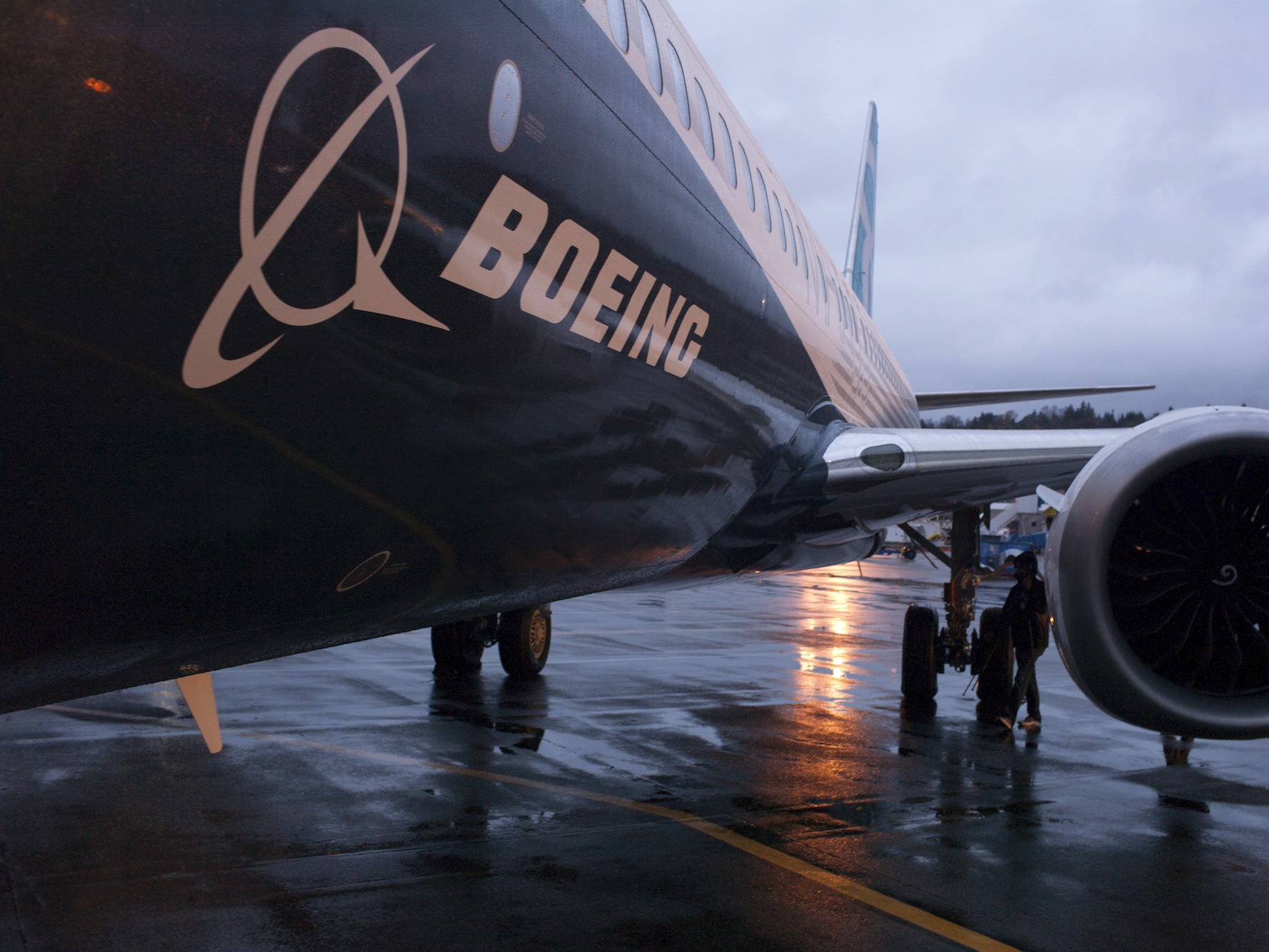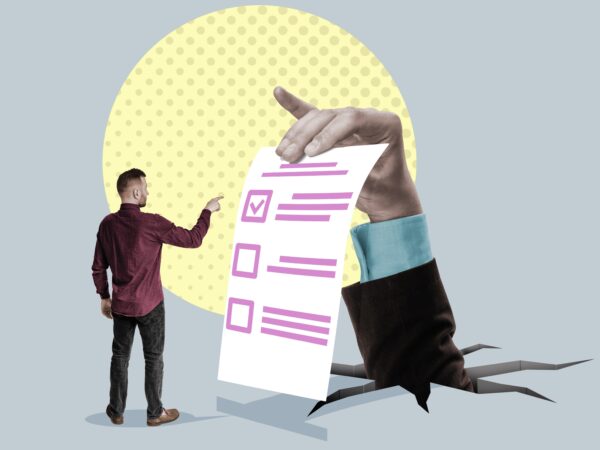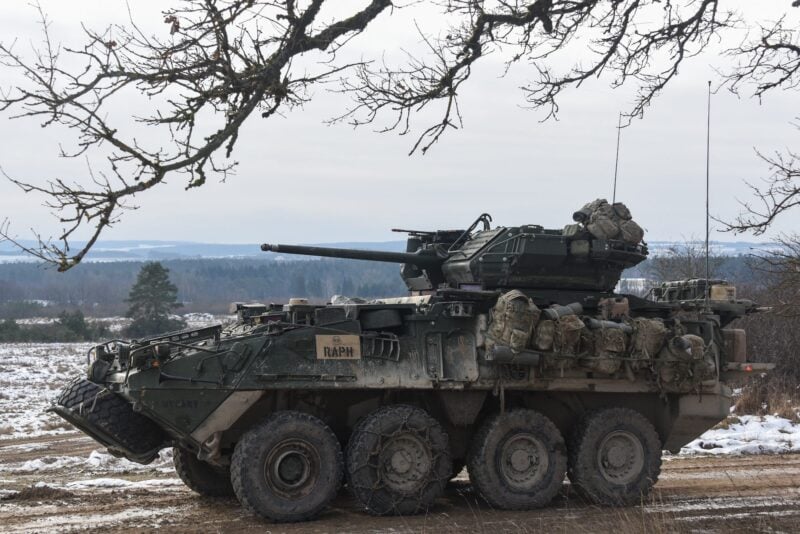- The Boeing 737 Max – a relatively new airplane model – has gained notoriety following two fatal crashes caused by a flaw in the plane’s software.
- Both Boeing and the Federal Aviation Administration have been sharply criticized for missing the flaw and cutting corners during the design and certification of the plane.
- Some have said they plan to avoid flying on the plane once Boeing’s fix is approved and the plane is flying again, estimated to be in the fourth quarter of 2019 or early 2020.
- However, I think that the 737 Max will be among the safest planes to ever fly, once the fix is implemented, and have no qualms about traveling on it.
- Visit Business Insider’s homepage for more stories.
“I ain’t NEVER getting on one of these,” a reader told me recently in response to a piece of news about the Boeing 737 Max plane.
The reader, Tom, was the latest of many readers who’ve told me basically the same thing, which boils down to this: The plane is rotten to the core, the two fatal crashes were inevitable, and nothing Boeing or the FAA does – short of building it from the ground up and certifying it as a completely new plane – will convince them to board one.
I disagree.
The story of the 737 Max’s brief history is fraught with poor decisions and cut corners. In a nutshell, the commonly accepted facts are as follows:
The Boeing 737: One of the most successful planes in modern history
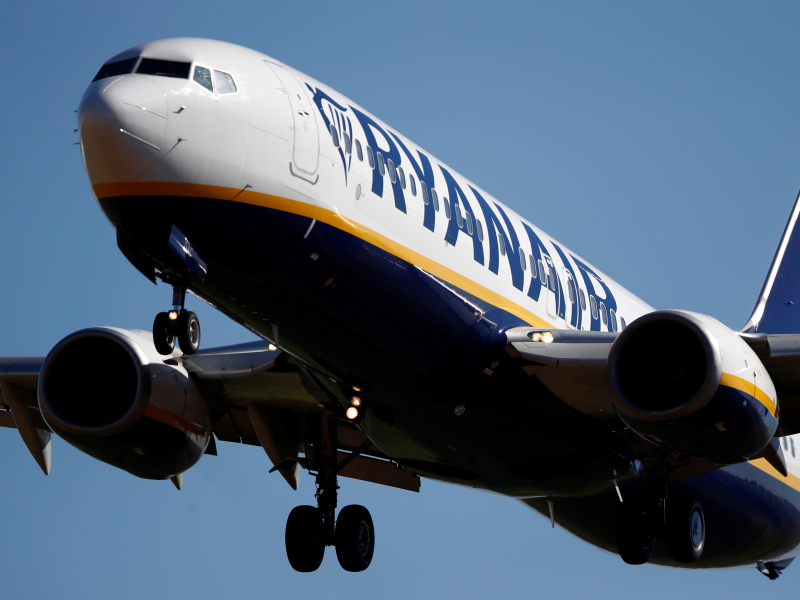
Boeing's first 737, the 737-100, first flew in 1967, while the lengthened -200 variant entered service in 1968. Along with the 737-300, -400, and -500, those planes are collectively known as the "737 Classic," and were developed and introduced through the 1980s. The next batch of 737s, dubbed the "Next Generation" included the -600, -700, -800, and -900. They were conceptualized and built in the 1990s and 2000s, and often carried the simplified "737NG" moniker.
The 737NG series offered what was, in terms of performance, an essentially brand-new aircraft, but with key commonality with the classic version. It was relatively easy to upgrade from one generation to the other, and to train pilots on the new aircraft. And since the NGs were based on an old airframe, it was also easy to get the planes certified.
There's no questioning that this was a successful advancement of the 737. Boeing saved on the massive research and development costs - and time - that it would have taken to design a whole new airframe, but still managed to produce a plane to compete with Airbus' new A320, and meet customer demands.
The final 737NG orders were still being delivered as of 2019, and the plane will likely be a mainstay in fleets around the world for years to come. Between the Classic and NG, the 737 is the best-selling commercial jetliner in history, with more than 10,000 delivered worldwide, and is the workhorse of dozens of airlines for short and medium-haul flying.
Playing catch-up to Airbus: The birth of the Max
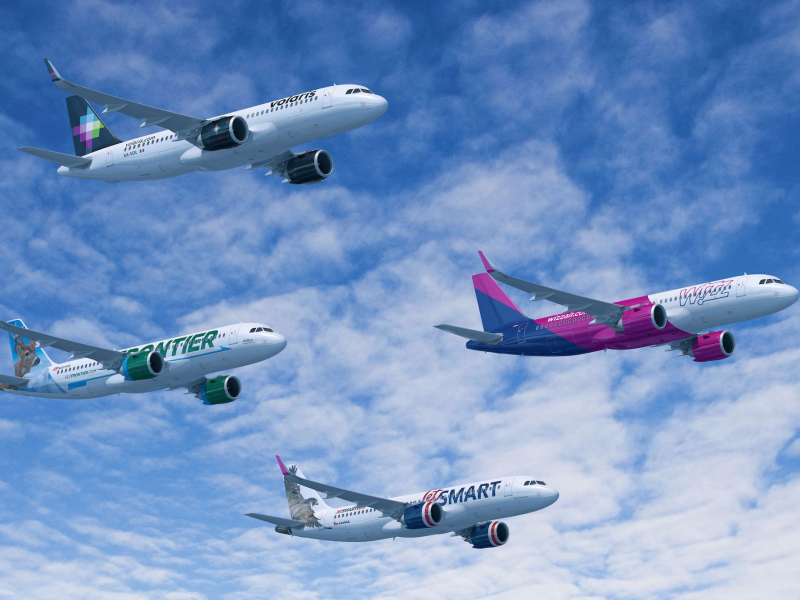
Then in the 2010s, Boeing tried to do it again.
But this time, it wasn't simply competing with Airbus; it was playing catch-up.
Boeing began to discuss a successor for the 737 as early as 2006, looking at both putting new, more efficient engines on an existing 737 airframe, or starting from scratch with a brand new airframe, a short-range jet to accompany the longer-range 787 Dreamliner, which was built with an all-composite structure. Boeing knew that Airbus was similarly exploring an A320 replacement, but both companies were still in early stages.
By summer 2010, Boeing had not yet decided on whether it would build a new plane or install new engines on an older design. It studied the costs and delayed making a decision until 2011. "Boeing is concerned that a re-engining programme could end up being more costly due to design challenges and potentially jeopardize the 737 backlog," an aerospace analyst for Credit Suisse wrote in June of that year, according to FlightGlobal.
Then, in December that same year, Airbus launched the A320neo family (neo = new engine option). The jets used the original A319, A320, and A321 airframes, but used new engines that offered a 15-20% increase in fuel efficiency, consequently lowering operating costs and giving the planes longer ranges. Airbus has since released two longer-range variants of the neo family - the A321LR and A321XLR.
While Boeing was leaning toward building a brand-new airplane as late as Spring 2011, a phone call led to a shift in course.
Gerard Arpey, then American Airlines' CEO, reportedly called Boeing to say that the airline was close to a deal for hundreds of Airbus narrow-body aircraft, warning that Boeing had to be more aggressive and timely to win its business.
Until that point, American Airlines had exclusively purchased from Boeing for more than a decade. Desperate to win the order, Boeing ditched the idea of designing a whole new airplane - which could take up to ten years to get in the air - and instead pivoted to placing new engines on the 737 to create a new generation of the workhorse.
It took a few months to finalize the design, but it wasn't quite fast enough to prevent American Airlines from defecting.
In July, the carrier announced an order for 130 A320ceo and 130 A320neo jets, with an option for 365 more. It also said that it would order 100 of Boeing's not-quite-ready next-generation 737.
"American also intends to order 100 of Boeing's expected new evolution of the 737NG, with a new engine that would offer even more significant fuel-efficiency gains over today's models," the airline wrote in a press release. "American is pleased to be the first airline to commit to Boeing's new 737 family offering, which is expected to provide a new level of economic efficiency and operational performance, pending final confirmation of the program by Boeing."
A month later, Boeing announced the 737 Max family, consisting of three differently sized models: the 737 Max 7, Max 8, and Max 9.
According to a multitude of reports that have emerged since the two crashes, the entire project - from announcement to the first delivery - was "permeated" with the competitive pressure to build the jet, and build it quickly.
Various factors and failures have been cited as a contributing factor to the problems the 737 Max encountered. The FAA's lax oversight of a program that allowed Boeing to self-certify elements of the plane; inadequate review of millions of lines of computer code produced by outsourced vendors for cheap; the decision to leave the automated MCAS system out of the pilot's manual, assuming it would be a background system that a pilot would never notice; allowing a single faulty sensor, one which has a tendency to break easily, to trigger MCAS - the frantic, near panicked pressure to keep up with Airbus in this latest battle has been the overarching villain in the narrative of the plane's story, tainting every aspect of it.
The design flaw that led to the crashes

The design of the 737 Max had a few appeals for both Boeing and, more importantly, the airline customers to which it had to sell the planes.
The fact that it was an existing, already certified airframe - the body and wings of the plane - just with new engines and avionics meant that Boeing would not have to undergo the same lengthy certification process it would for an all new airplane; just the still-intensive, but abbreviated, certification for an updated version of an old plane. That meant that Boeing could mass-produce and deliver the plane sooner.
For airlines, integrating the plane into existing fleets would be a breeze. A significant degree of commonality would exist between the 737NG and the 737 Max, meaning that both pilots and ground staff would only require minimal training - pilots ultimately were only required to take a brief tablet-based course, rather than training in a simulator, like they would for a new plane - and servicing the planes would be cheaper and easier.
The issue that ultimately caused the two crashes, based on preliminary investigations, came down to the fact that the airframe had different engines than previous models.
The engines on the Max were larger, further forward, and higher up on the wing than the engines on the NG. That caused the plane to behave differently - for example, it could cause the nose of the plane to pitch upward in some situations, like low-speed flight, or flight with a high angle-of-attack, when the plane is being flown manually.
To compensate for that, Boeing designed an automated software called Maneuvering Control Augmentation System (MCAS), which would automatically activate to stabilize the pitch and nudge the aircraft's nose back down "so that it feels and flies like other 737s." With that in place, the Max could share the same type of rating as the NG, and pilots could fly the two families of 737 interchangeably - meaning airlines could have one pool of pilots capable of flying both planes.
MCAS would only activate when the plane was being hand-flown - meaning autopilot was off - and it was flying relatively slowly, and the nose was pointing high enough - or the angle-of-attack was high enough - to be at risk of causing the plane to stall.
Crucially, MCAS was designed to take effect when just a single sensor showed that the angle-of-attack was high. That meant that if one of the two sensors was damaged or faulty, it could activate.
Preliminary reports into the two crashes - Lion Air Flight 610 and Ethiopian Airlines Flight 302 - indicate that MCAS erroneously engaged after being triggered by a faulty angle-of-attack vane, and forced the planes' noses to point down. Pilots were unable to regain control of the aircraft, which crashed into the ground, killing everyone on board - a total of 346 passengers and crew.
Boeing said it was possible to deactivate MCAS and manually control the trim stabilizers, but in the case of the two crashes, pilots were unable to recover.
The fix — and why I'll fly the plane when it returns to service
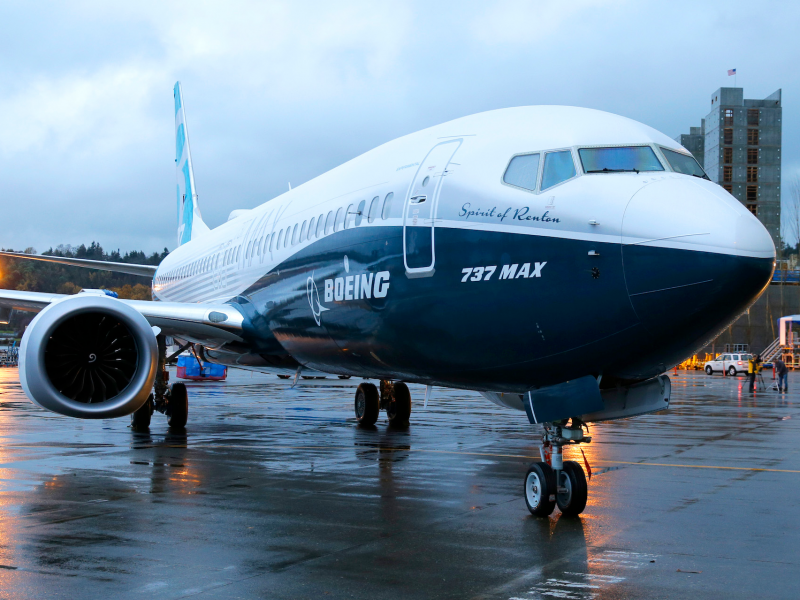
The 737 Max has been grounded worldwide since just after the second crash, which happened in March 2019. Since then, Boeing's projected timeline for getting the plane ready to fly again has been pushed back again and again.
By now, it's been delayed a few times, but it seems likely that the plane will be recertified and ready to go soon. Boeing has maintained that it plans to submit its fix in September, and expects the plane to be back in the air by the fourth quarter, although some think that early 2020 is more probable.
While the details are publicly unknown, the software update is expected to make MCAS rely on data from two AoA sensors instead of one, and make it easier for pilots to override the system and adjust the trim stabilizers manually should that ever be necessary.
Ultimately, while the reports that have emerged over the past six months about how the situation came to be have been damning, I feel comfortable that the plane will be safe when the fix is approved.
Primarily, that's because even viewing the situation through my most cynical lens, there is no way that any stakeholder can afford to get this wrong. There's an existential need for all parties involved to do things properly. There is no room for error, and those involved know it.
Why Boeing needs to get this right — and why I think it will
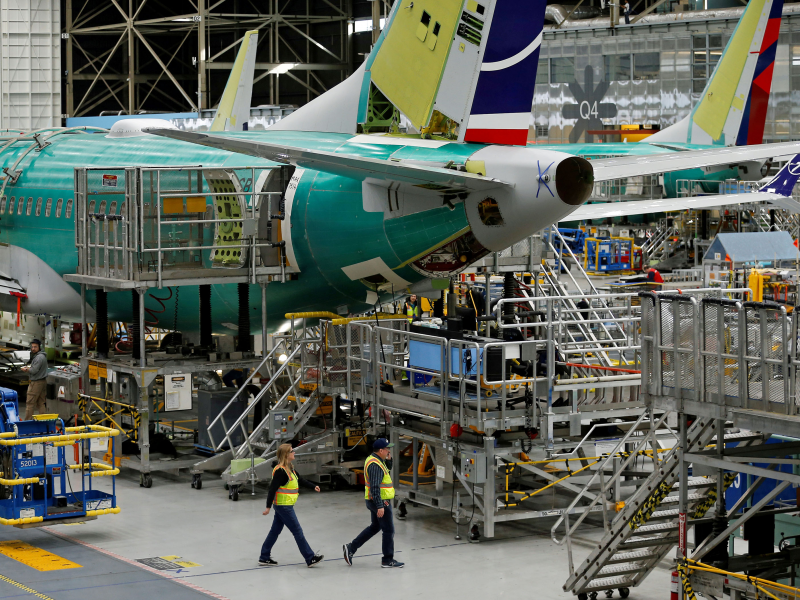
Boeing must act in its own best interest by dotting every "i" and crossing every "t". Having taken a $4.9 billion charge as it plans to reimburse customers for the grounding (the total amount could be higher), and having severely damaged the brand of its reliable workhorse, the company simply cannot risk another incident. Should one occur - one that results from the 737 Max's design, rather than something else that could happen to any plane - it will be disastrous.
Boeing has not sold a single 737 Max for five months - the last order was for four in April. Although British Airways' parent company IAG announced its intent to order 200 of the jet during June's Paris Air Show, the order has not yet been formalized.
The company cut production of the plane by 20% to 42 models a month in April. However, the jets produced since March have not been delivered and have been piling up in storage as Boeing prepares to submit a proposed fix to the FAA.
Notably, however, only one airline has cancelled an existing order for the jet. Boeing still has a backlog of about 4,550 unfulfilled orders, signifying a cautious confidence within the airline industry that once the grounding is lifted, the plane will be reliable. Analysts have said they expect orders to resume once the plane is flying again, and Boeing said it could ramp up production to 57 planes a month.
However, Boeing can not afford more cancellations, and needs more sales. The 737 is a capable aircraft for a variety of purposes and airlines, and a further mistake could lead to Boeing ceding crucial narrow-body market share to Airbus. That could have consequences for years to come, as some airlines - particularly low-cost carriers - prefer to stick with one plane-maker for long periods to enhance commonality, and have more power to negotiate pricing for new aircraft.
The 737 Max is a highly profitable per unit for Boeing, and amid concerns of a slowdown in widebody orders, revenue from the Max becomes even more crucial for Boeing - something it cannot risk losing by failing to adequately address the current problem. That's doubly true because the overall 737 - of which Boeing has sold 15,155 of them 1965, as of August 2019 - is the best selling commercial plane in the world, and the plane-maker has no interest in losing that crown.
With the rival Airbus A320 family noting 14,789 orders through August, Boeing will need to prove to its customers that it's fixed the flawed Max and that it's learned enough from the episode to prevent it from ever happening again The need to restore consumer confidence is urgent.
While we're a long way away from the end of this saga, there are some indications that Boeing is, indeed, working to learn from this episode.
A committee of Boeing's board is poised to make sweeping recommendations to the larger board, according to a recent New York Times report, which will encompass everything from corporate structure, to safety procedures, to cockpit designs. As the report notes, the committee's findings "represent the company's most direct effort yet to reform its internal processes after the accidents, which killed 346 people."
Among the recommendations, one of the most important, and most relevant, is that Boeing changes the current reporting structure that sees top engineers - who are key for identifying possible safety issues - report to business leaders - who are responsible for production deadlines.
Why the FAA needs to get this right — and why I think it will

The FAA, and its chief regulators, must act in their self interest, and the economy's - Boeing is the biggest US exporter.
The FAA's reputation as a global leader and authority is, if not in immediate peril, then certainly a topic of discussion. The European Aviation Safety Agency (EASA) has indicated that it will be taking a closer look at Boeing's fix for the plane than it typically would - normally, the safety regulator from the plane-maker's home country certifies a new or updated plane, and other regulators simply accept and implement their findings, with maybe just a few test flights of their own.
The divergence between EASA and the FAA could set a new precedent going forward, and undo decades of work by regulators in the US, Europe, Canada, Brazil - all of which have major plane-makers - and other nations, which have all made substantial efforts to align their standards and processes, allowing for time- and cost-saving reciprocal honoring of each other's findings.
Undoing those practices would be disastrous for Boeing, Airbus, Bombardier, Embraer, and every other planemaker looking to sell to international customers, so it's not something that any nation's regulators would take lightly. But their first duty is to passengers, not planemakers.
"The US aerospace industry is huge and thus there both must be an FAA and the FAA must be respected around the world," Andrew Charlton, managing director of Aviation Advocacy, an air transport consultancy, recently told me. "US exports depend on it, frankly."
An end to the practice of accepting the home-nation's regulator's finding could be disastrous to Boeing - it could drastically delay the certification process for new planes, thus delaying manufacturing, sales, delivery, and revenue.
It would also be problematic for airlines, which would face delays in receiving new aircraft, which are typically more fuel-efficient, costing less to operate.
"With the 737 Max we are a bit worried ... because we don't see the normal unanimity among international regulators that should be the case," Alexandre de Juniac, director general of the International Air Transport Association (IATA), a global trade organization representing airlines told reporters last week. "We see a discrepancy that's detrimental to the industry."
The FAA is therefore incentivized to prove to the rest of the world that it's up to the task.
"The issue for the FAA is not that its reputation took a hit with the Max, but that its reputation will depend on how it responds to the crisis, and how it will go forward," Charlton said.
As with Boeing, although there has not been direct action yet, there are indications that the FAA is open to change its internal processes based on lessons from the Max.
An international panel formed by the FAA in order to review the its certification process after the crashes - the Joint Authorities Technical Review, or JATR - is expected to recommend changes, including to the program by which the FAA allows Boeing to self-certify aspects of its new planes. Although there is not yet indication of whether or not Boeing will accept or publicize the recommendations, the formation of the committee is a step in the right direction.
The JATR consists of safety regulators from around the world, including the FAA, and NASA.
The FAA declined an interview, but offered the following statement:
The FAA is following a thorough process, not a prescribed timeline, for returning the Boeing 737 MAX to passenger service. The FAA's certification of the Boeing 737 MAX is the subject of several independent reviews and investigations that will examine all aspects of the five-year effort.
While the agency's certification processes are well-established and have consistently produced safe aircraft designs, we welcome the scrutiny from these safety experts and look forward to their findings. We continue to work with other international aviation safety regulators and will carefully consider all recommendations. The FAA will incorporate any changes that would improve our certification activities.
The 737 MAX certification program involved 110,000 hours of work on the part of FAA personnel, including flying or supporting 297 test flights.
Why airlines must get this right — and why I think they will
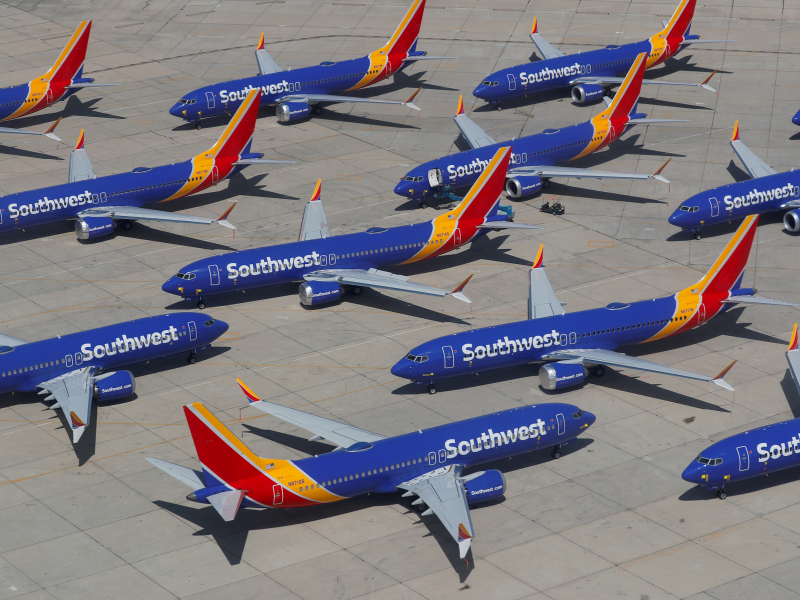
Even if concerns over the FAA's sign-off continue to linger, airlines - which now know what to look for - will also conduct their own inspections of the fix and test flights before putting the planes go back into service.
"As we would with any aircraft certification, Southwest will thoroughly validate our Max aircraft before they are released for service, and of course, we'll make every change that Boeing and the FAA deem necessary," a spokesperson for Southwest Airlines - which currently has the biggest Max fleet in the US - told me.
And regardless of the financial pressures to get the grounded planes back in the air - thus increasing seat capacity, and avoiding the wasted CapEx of parked planes - no airline would fly a plane that it is not absolutely convinced is safe.
The list price of a 737 Max 8 is $121.6 million, although airlines often pay below list. The loss of the plane is financially devastating for the airline and its insurers, let alone the costs of property damage, liability, and so on.
Even if an airline were cutting costs, the damage it risks to its brand by knowingly flying an unsafe plane could also be ruinous. Passengers may not often pay attention to the type of plane they're flying, but they'll certainly remember if an airline has a reputation for being unsafe.
But it's not just the airline bean counters - pilots, who will be the most familiar with the plane, will most likely be unwilling to fly it unless they're convinced of its safety and their ability to control it. Who would want to sit in the cockpit and knowingly be set up to fail, when the consequence of failure is losing your life?
"Our pilots are highly-trained and the best in the industry. Our customers can be assured that an American Airlines pilot would never operate an unsafe aircraft. We continue to work closely with our union, the APA, on the suggested training requirements, once those requirements are received from the FAA and Boeing," a spokesperson for American Airlines told me.
The bright spotlight shining on the 737 Max
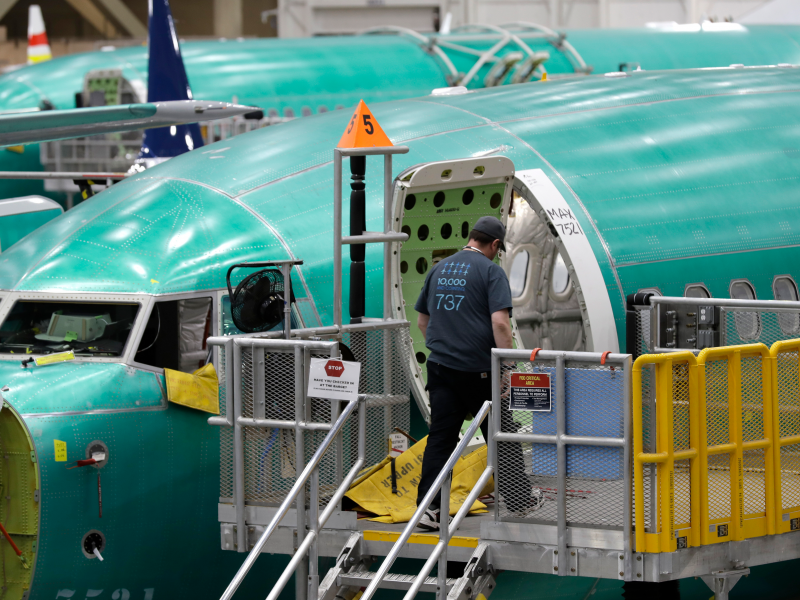
The entire process of reexamining, fixing, and recertifying the Max has taken place in the public eye, with advocates, press, bloggers, lawyers, legislators, and international partners all shining a brighter spotlight on the process than ever before.
Is everything happening completely out in the open? Of course not. Proprietary secrets remain secret, as do regulatory methodologies, and the finer details of who is involved, the culture at Boeing, and more.
That said, it seems safe to say that the spotlight on the entire process is at least as bright - and very likely brighter - than it ever has been before during any similar situation, whether the 1979 grounding of the DC-10, or the 2013 grounding of the 787 Dreamliner (more on those below).
That gives me confidence that those responsible for fixing the problem, those responsible for making sure that they've fixed it properly, and those who will actually fly the planes, will all conduct their parts of the process adequately. Because if they don't; we'll see it. And if we don't in time, we'll know as soon as something happens. Accountability is unavoidable this time.
The legislators who regulate the regulators, and who are incentivized to prevent Boeing's failure, due to the company's importance to the economy, are similarly eyeing the process and progress of the Max's fix with great interest. Congressional investigators are already combing through thousands of internal Boeing and FAA documents, working to determine how the plane was certified in the first place.
In fact, the plane has been so closely scrutinized that potential issues with the way the plane receives information from the flight computer - which already existed with the 737NG, but were never spotted and and were carried over to the Max, have been identified. More than 7,000 of those planes have been delivered between the late 1990s and now. In 2006, over 1,250 737s were in the air at any given time, on average. And the Max has been so closely scrutinized that a problem that never caused a known incident to any of those planes was uncovered.
If the FAA and Boeing have looked closely enough that they're designing the fix to include less urgent like that, I'm confident that they'll find anything else that would be more likely to be a threat.
Will passengers be willing to fly it?

Meanwhile, this is not the first time this decade that Boeing has faced a similar issue.
In January 2013, the relatively nascent Boeing 787 Dreamliner was grounded by the FAA following a series of battery fires on the aircraft (along with a handful of other prolific, but unrelated incidents). It was the first time the FAA had grounded an entire airplane type since the McDonnell Douglas DC-10 in 1979, and other global regulators quickly followed.
After investigations, testing, and repairs, the plane began to return to the skies in late April.
There are obvious differences between the 787 and 737 Max incidents. No one died or was injured because of the 787 issues (aside from two minor injuries during the evacuation of one plane after an emergency landing), and while both Boeing and the FAA (along with the battery supplier) were sharply criticized in a 2014 report for failing to anticipate the issue, the problem was not related to something so central to the plane's operation like it is with the Max.
However, despite the extensive coverage of the incidents and the grounding in the media and on social media, the plane has become a mainstay of fleets on every continent, and is often a customer favorite.
"It was a bad story, and Boeing took a beating on it," Robert Mann, a former airline executive and current industry consultant, told me during a recent phone call. "But the aircraft was restored to service after four months, and the people who said 'I will never fly on one of these' are probably among the millions of customers who have subsequently flown on the aircraft, and probably even enjoyed the cabin comfort features."
"It's not even a question of people taking the airplane on which the fare is lowest," he added. "But once there's no longer high-profile reporting on the airplane, people will just move on. Nobody runs a story saying 'well, the 787 has completed 2 million flights since it was put back into service,' and people stop paying attention."
That said, concerns will remain, and understandably so. Family members of several victims have become vocal safety advocates, arguing that the 737 Max should be recertified from the ground up as a brand new plane, rather than as an update to an existing plane, a process which could take years. They also say the process by which plane-makers can self-certify certain aspects of the plane should be ended, and pilots should undergo intensive simulator training before getting into the cockpit. Boeing's profits and airlines eager to get their grounded planes back to work should take a backseat to safety, they say, no matter the cost.
While this may be a valid view - and I could fault neither them nor anyone else for feeling that way - it seems unlikely, and unrealistic, in our current environment.
"If we go back to [that] old way of doing things, it will slow down enormously, and not in a good way for airlines or customers," Charlton (the consultant) said. The only way to effectively regulate and monitor planes like the Max, he suggested, is "to work with, not prescriptively against, the entities being regulated." The growth of the aviation market, coupled with what he described as the FAA and other agencies around the world having to "do more with less," means that regulators have needed to use, and will continue to need to use, "risk-based assessments (which include a lot of the self-certification), rather than the historic prescriptive approach."
I think the plane will be among the safest, and I plan to fly it

That is why I think the 737 Max will be among the safest planes in the air, once Boeing completes its fix, the FAA inspects and approves it, and airlines implement it.
The incentive to get it right for Boeing and the FAA, the unprecedented scrutiny of the plane and the process, and the cautious self-preservative nature of modern airlines and pilots, all give me confidence that the plane will be good to go, once the fix is ready.
Both American and United have said that their executives are planning to be on the airlines' first flights with the Max as a vote of confidence, and - barring anything unexpected beyond any imaginable scenario - I would be comfortable on the plane as well.
The next step will be for Boeing and the FAA, and those responsible for oversight of the safety regulators, to closely, methodically, and thoroughly investigate what led to the disastrous, tragic flaw in the original plane. From cultural problems at Boeing that may have led to corners being cut, to the FAA's failure to spot the potential problem, and its willingness todefer="defer"to Boeing on type-rating and pilots manuals to make it easier for the company to sell airplanes, everything must be examined so that this can't happen again.
Virtually every safety device, regulation, and practice in commercial aviation stems from disaster and an effort to stop it from happening again, from seatbelt design to anti-collision computers in the cockpits. Once the 737 Max is back in the air, and the investigation is complete, we will hopefully be at another turning point in the history of aviation, one that sees the lessons from a tragedy turned into practices to prevent the next one.

